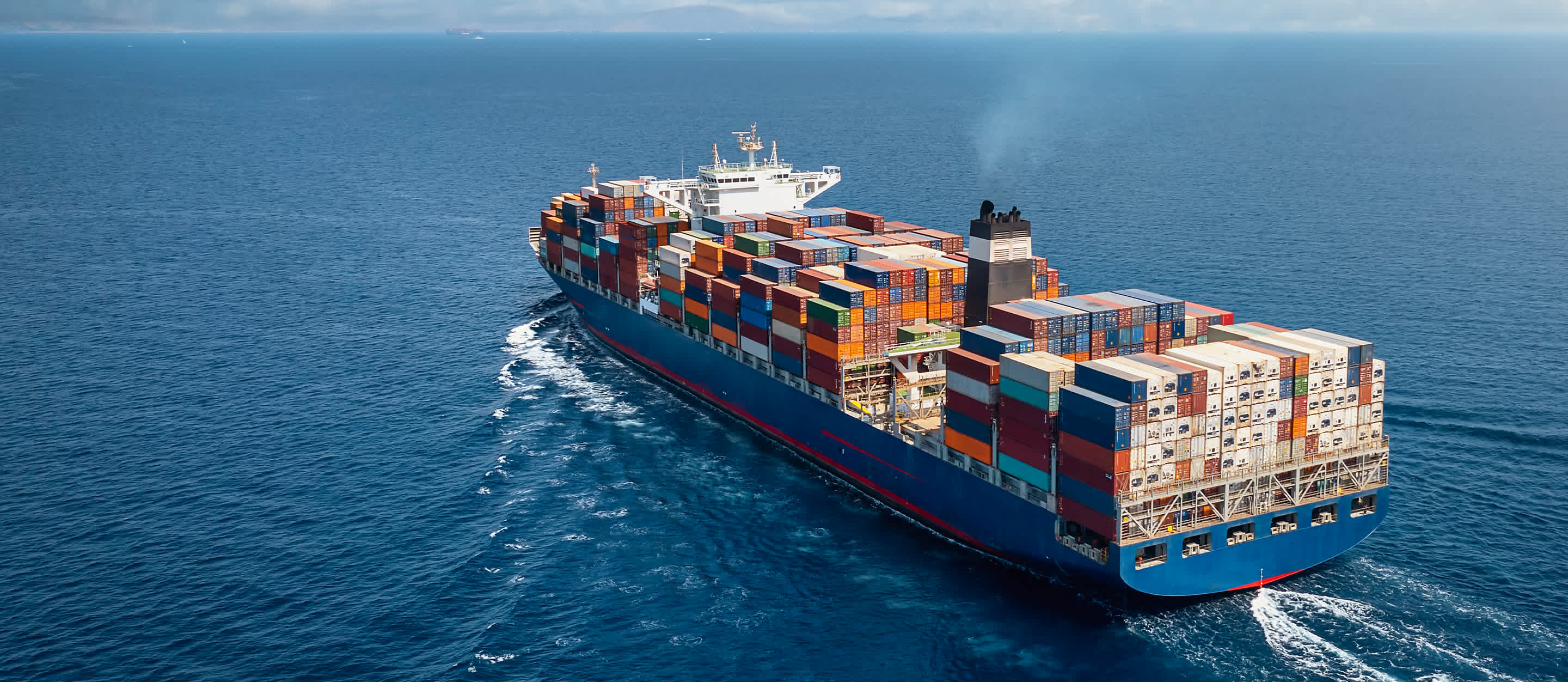Understanding COC vs. SOC in Freight Shipping
The COVID-19 pandemic has underscored the crucial role of containers in global shipping. Issues like slower container circulation and a shortage of containers have disrupted the balance of the supply chain. In response, major BCOs (Beneficial Cargo Owners) and NVOCCs (Non-Vessel Operating Common Carriers) have started buying their own containers. But which is the better option: buying or renting? This article explores the differences between COC (Carrier Owned Containers) and SOC (Shipper Owned Containers) to help you decide.

1. What is COC?
COC, or Carrier Owned Container, refers to containers that are owned and managed by a carrier or shipping company. The carrier rents these containers to the consignee (the recipient of the goods) for the duration of the shipment. Once the cargo is delivered, the container is returned to the carrier.
COCs are typically used for standard sea shipments when there is a steady flow of cargo. Shippers may need to wait for container availability, but when containers are abundant, they can save on trucking fees by picking them up from nearby container yards.
2. Pros and Cons of Shipping COC Containers
Pros:
- Hassle-Free Management: The carrier handles the supply and management of COCs, including maintenance and storage. Shippers only need to pay for the physical use of the container.
- Cost Savings: When containers are in abundance at certain ports, shippers may receive discounts on freight rates.
Cons:
- Risk of Delays: If containers are in short supply, delays may occur, leading to higher freight rates and potentially missed deadlines. Furthermore, extra charges like Detention (DET) and Demurrage (DEM) apply if containers aren't returned on time.
3. What is SOC?
SOC stands for Shipper Owned Container. These containers are owned by the shipper or freight forwarder and are used for importing, exporting, and storing goods. Once the shipment is completed, the container is returned to the shipper for storage and maintenance.
For shippers, owning containers can offer flexibility, especially in regions with container shortages. This can result in lower fees at ports where carriers may struggle to provide containers.
4. Four Benefits of Using SOC Containers
- Storage Flexibility: SOCs can be used not just for shipping, but also for long-term storage when there is no immediate need to transport the goods.
- Supply Chain Stability: With SOCs, shippers can avoid delays due to container shortages, keeping their supply chains efficient and consistent.
- Reduced Risk: Shippers have greater control over the condition of their containers, reducing the risk of aging or damage.
- Avoid Extra Charges: Using SOCs helps shippers avoid Demurrage and Detention charges, which can arise if containers are delayed or not returned on time.
5. Is It Worth Buying Shipper Owned Containers (SOCs)?
Purchasing SOCs can be a good option if you need long-term control over your containers. However, it’s a significant investment. A 20-foot SOC costs between $1,500-$2,200, while a 40-foot container may range from $1,800-$3,200. Beyond the initial cost, shippers must account for container maintenance, storage, and management.
For businesses operating in regions with low cargo volume or expecting long-term storage needs, buying SOCs may be cost-effective. However, for companies without these specific needs, it may be more economical to rent containers.
6. Conclusion
Choosing between COC and SOC depends on your business's unique shipping needs. COCs offer hassle-free management but may come with delays and extra charges. SOCs provide greater control and flexibility but involve significant upfront costs and ongoing responsibilities. Carefully assess your shipping volume, storage needs, and budget before making a decision.









